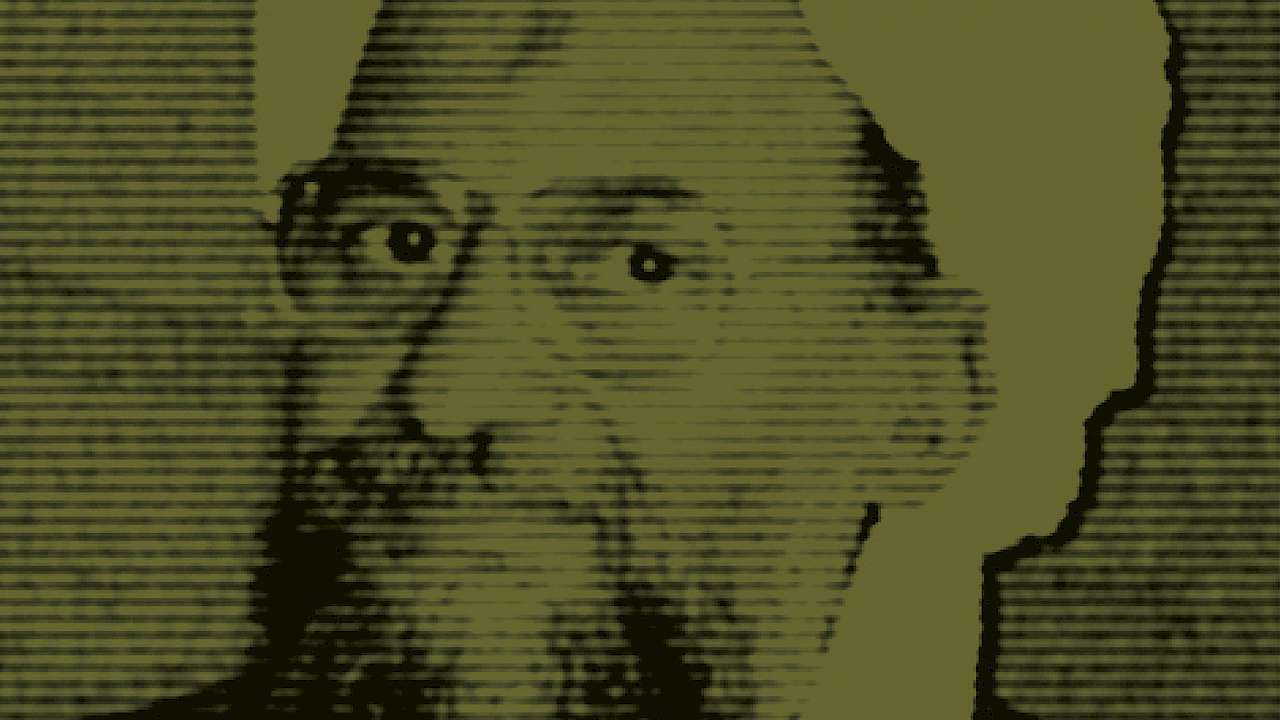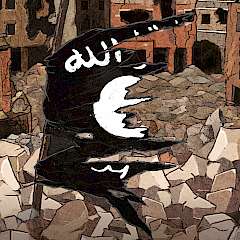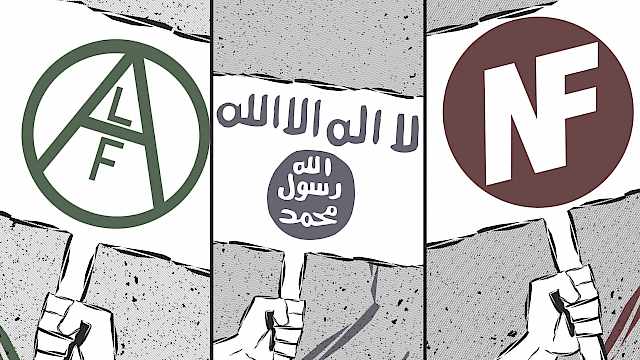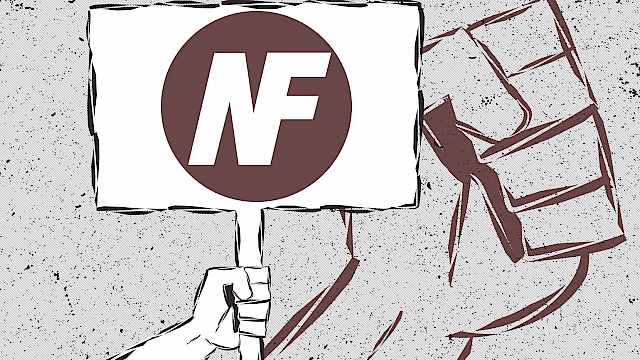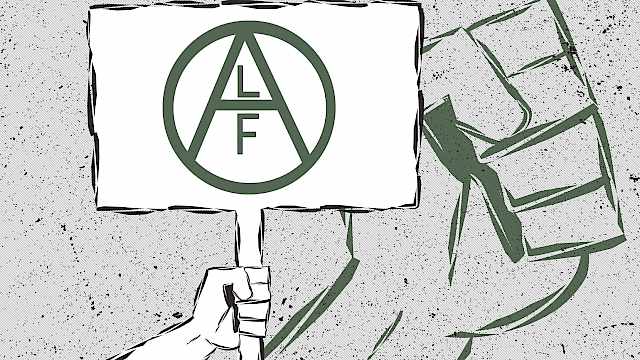As al-Qaeda approaches its 30th anniversary, many now seem to be retracting the obituaries they drafted when the organisation was being eclipsed by the rise of the Islamic State group (IS).
Of course, al-Qaeda’s death has been announced prematurely on occasions in the past. But the group has always managed to survive in some form, morphing at times into a looser entity, illustrating the agility and conceptual ambiguity that has been key to its survival.
Yet its current leader, Ayman al-Zawahiri, has generated little excitement. IS’s propaganda described him as ‘senile and deviant.’ More generous accounts present him as intelligent, humble, but ill-suited for leadership.
A different mode of religious violence
Since the outbreak of civil war in Syria in 2011, Zawahiri has published over 70 statements, books, and other communiqués where he set out his vision for the Middle East, North Africa (MENA), and the Muslim Ummah as a whole.
Over time he has increasingly focused on how to respond to IS’s jihad. He has sought to do so by framing IS’s rise as a temporary surge of illegitimate excess, akin to the ill-fated Armed Islamic Group of Algeria (GIA) or perhaps even the original outcasts, the Khawarij. He has also sought to prepare, rhetorically, for a more multipolar jihadi universe where there would be opportunities to reclaim ground (ideological as well as physical) lost to IS.
Three interrelated themes appear to define what Zawahiri has sought to do in these statements
First, there was a preoccupation with succession to the vanguard that had been chosen to lead the jihad. Here, Zawahiri responded to IS’s challenge to his leadership by reiterating the preeminent position of the Afghan ‘Islamic Emirate’ and by questioning the legitimacy of IS’s leaders, who he presented as oath breakers who desired power and glory.
Second, Zawahiri articulated the need to continue the momentum which ensured al-Qaeda remained relevant in people’s minds. He sought to illustrate al-Qaeda as a resolute jihadi force by emphasising both intangibles, such as ideas and the sustenance of a social movement, alongside tangibles, such as attacks against Western targets.
Third, there was a need to offer a semblance of continuity from the first generation of leaders, to which Zawahiri himself belonged, to the second generation, that would ensure the organisation’s future relevance.
Through his output, Zawahiri sought to chart a course within the jihadi universe that saw al-Qaeda continue to build upon its mode of jihad. This downplayed, in relative terms, sectarianism and emphasised the striking of US and western interests in ways that were fundamentally more targeted, and arguably more sustainable, than those adopted by IS.
This would present a more fruitful model which future leaders could adopt and build upon.
Defining the limits of ‘appropriate’ violence
Zawahiri’s statements over these five years evokes fundamental debates about the appropriate limits and boundaries of violent protest within Sunni Muslim revolutionary movements.
The central question in these debates concerns the ‘correct’ (from legalistic, functional, and practical standpoints) form of militancy. Zawahiri has been on both sides of this argument, defending more profound, ruthless, and indiscriminate campaigns of violence as well as making the case for stricter adherence to limitations and breaks on the use of force. As he risked being outflanked by IS, he became firmly placed in the latter camp.
Zawahiri has responded to the rise of IS by situating himself and al-Qaeda in ‘the middle’ in the hope that this will provide some of the key ingredients for its future survival
Why does this matter? If IS continues to disintegrate, its organisational components may begin to resemble those of al-Qaeda more closely with a central hub sponsoring sub-organisations while promoting attacks in its name throughout the world. This is a heterogeneous universe. Many options exist for those seeking militant Islamist solutions in the MENA region.
Within this extremist fringe, moreover, Zawahiri has responded to the rise of IS by situating himself and al-Qaeda in ‘the middle’ in the hope that this will provide some of the key ingredients for its future survival. At the same time, he has reiterated support for mass-casualty attacks, and self-starter attacks against a range of targets in the West.
IS’s organisational decline may alter the shape of Islamist-inspired militancy, but it will not eliminate the threat it poses.
Copyright Information
As part of CREST’s commitment to open access research, this text is available under a Creative Commons BY-NC-SA 4.0 licence. Please refer to our Copyright page for full details.
